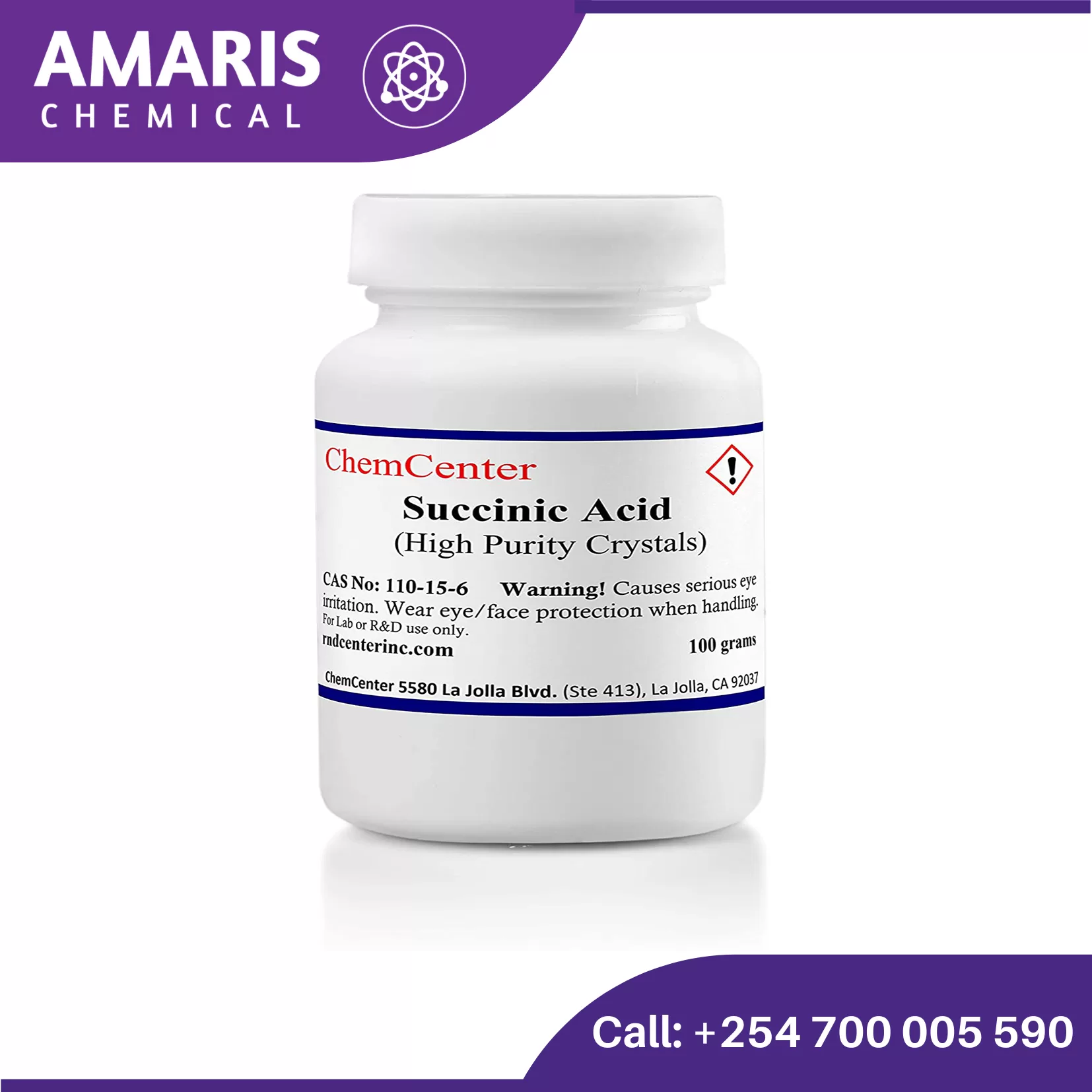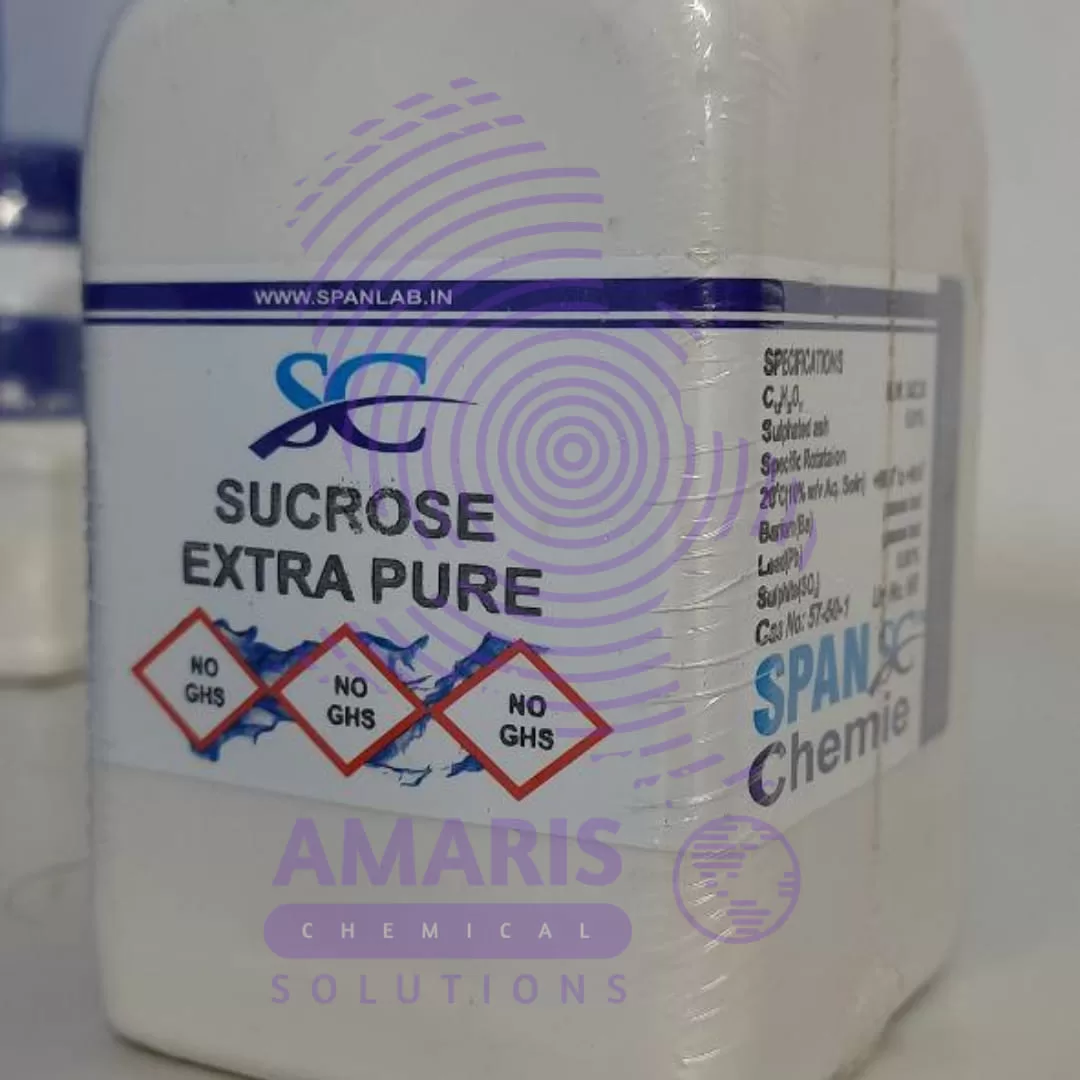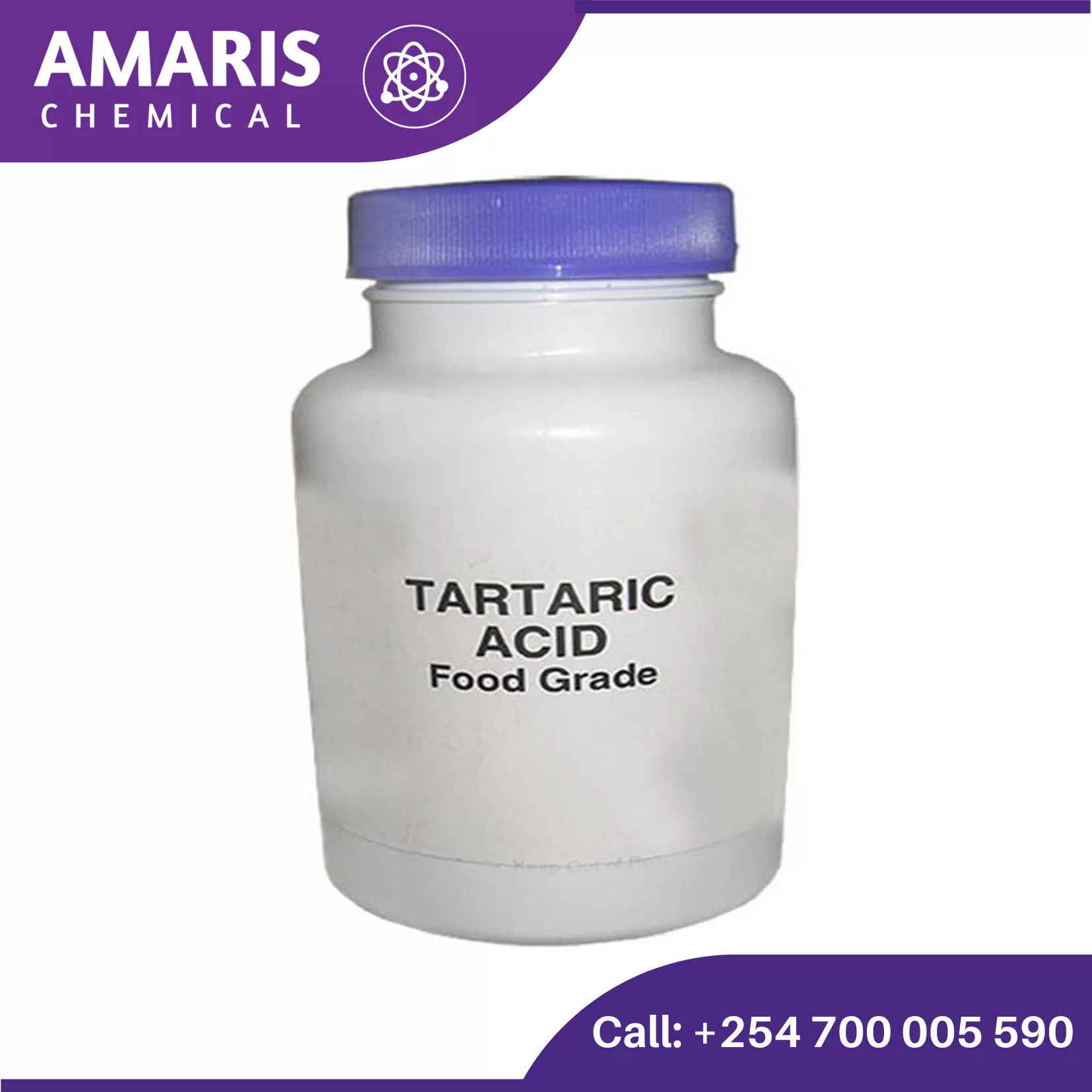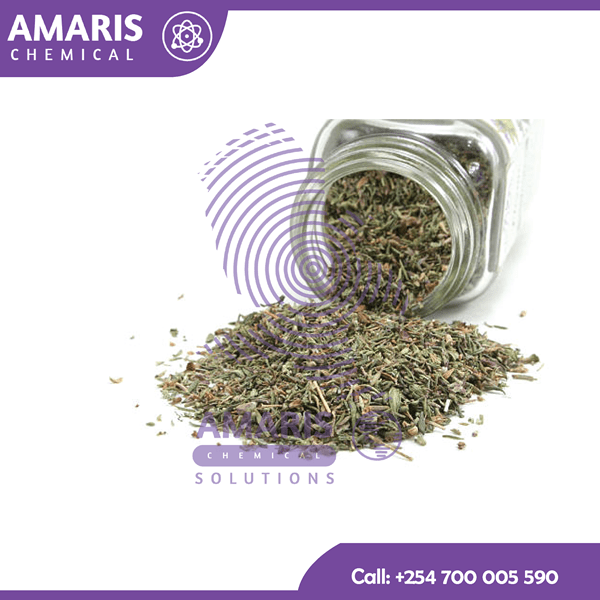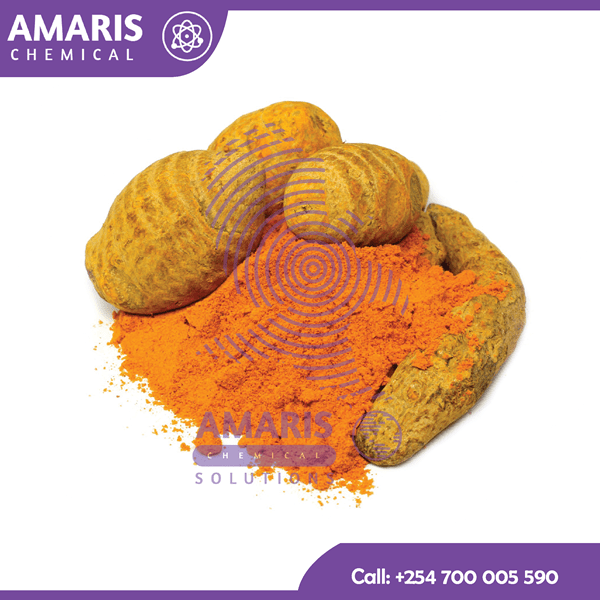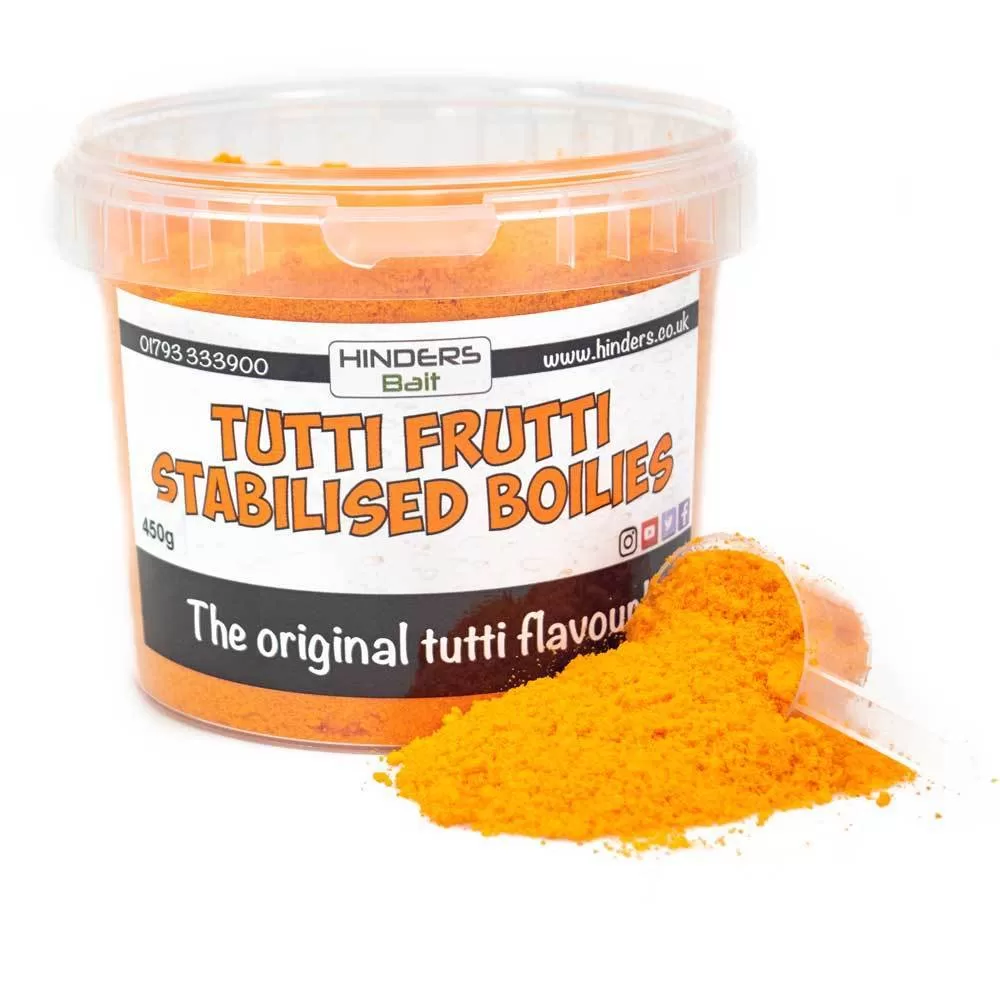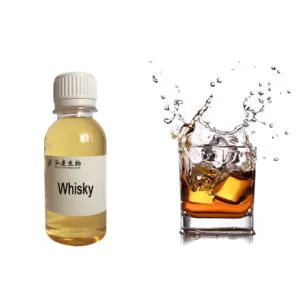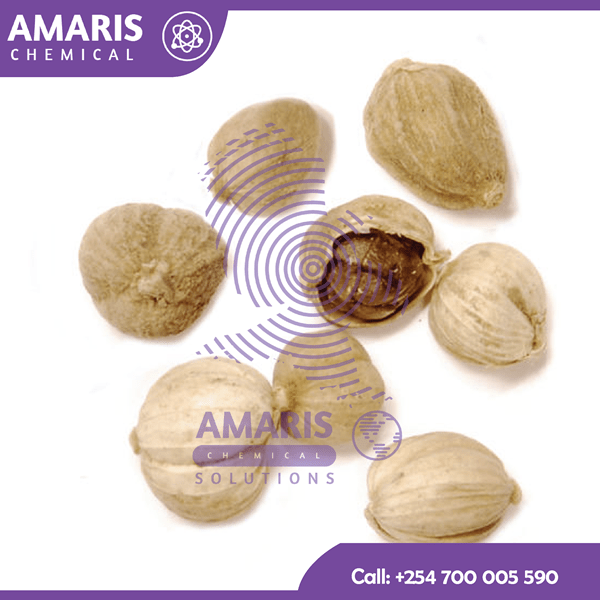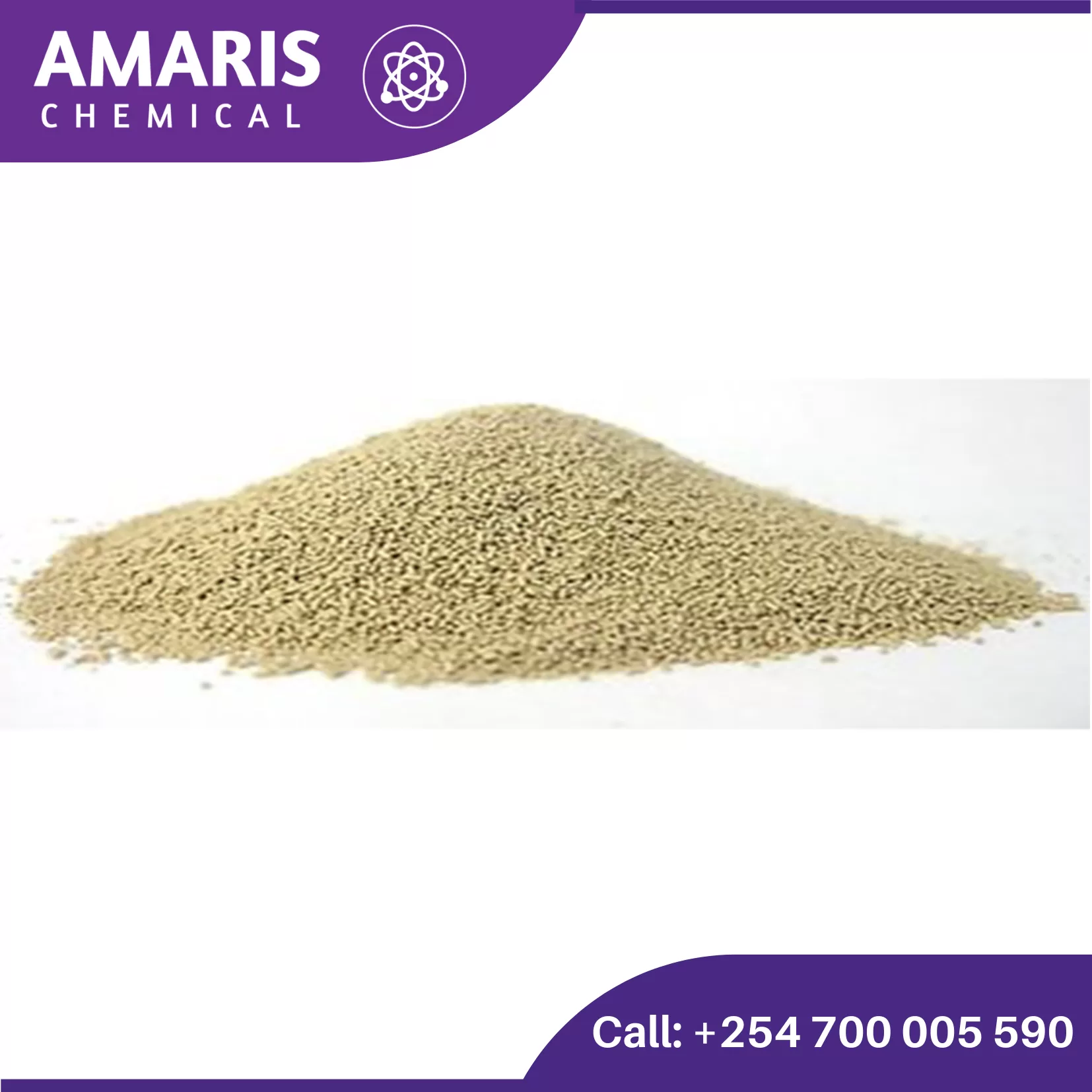Succinic Acid 500gm
Succinic acid, also known as butanedioic acid, is a dicarboxylic acid with the molecular formula C4H6O4. It is a white, odorless solid that is soluble in water. Succinic acid occurs naturally in some fruits and vegetables and is also produced synthetically for various industrial applications. It is used as a precursor in the synthesis of various chemicals, pharmaceuticals, and polymers. In laboratories, it serves as a reagent in chemical reactions and as a component in buffer solutions due to its ability to adjust pH.
Sucrose 500g
Analytical Reagents, Biochemicals Reagents, Excipients, Flavor Enhancers, Plant Growth Regulators, Sweeteners
Sucrose is a type of sugar commonly found in many plants, including sugarcane and sugar beets. It's a disaccharide, meaning it's composed of two simpler sugars, glucose and fructose, linked together. Sucrose is often used as a sweetener in food and drinks, and it's what we typically refer to as "table sugar." When we consume sucrose, enzymes in our digestive system break it down into glucose and fructose, which our bodies can then use for energy.
Tartaric Acid 500gm
Tartaric acid is a naturally occurring organic acid found in many plants, particularly in grapes, bananas, and tamarinds. It is well-known for its significant role in the wine industry, where it helps stabilize the wine and contributes to its taste. Here are some key aspects and uses of tartaric acid:
Chemical Properties
- Chemical Formula: C4_44H6_66O6_66
- Molecular Weight: 150.09 g/mol
- Appearance: White crystalline powder
- Solubility: Soluble in water and alcohol
Natural Occurrence
Tartaric acid is widely found in nature, predominantly in fruits like grapes, apricots, and apples. The potassium salt of tartaric acid, known as potassium bitartrate or cream of tartar, is a byproduct of winemaking.Industrial Production
Commercially, tartaric acid is often produced as a byproduct of wine production. The process involves:- Extraction: The sediment left in wine barrels, known as "lees," is treated to extract potassium bitartrate.
- Purification: The crude potassium bitartrate is then purified and converted to tartaric acid.










